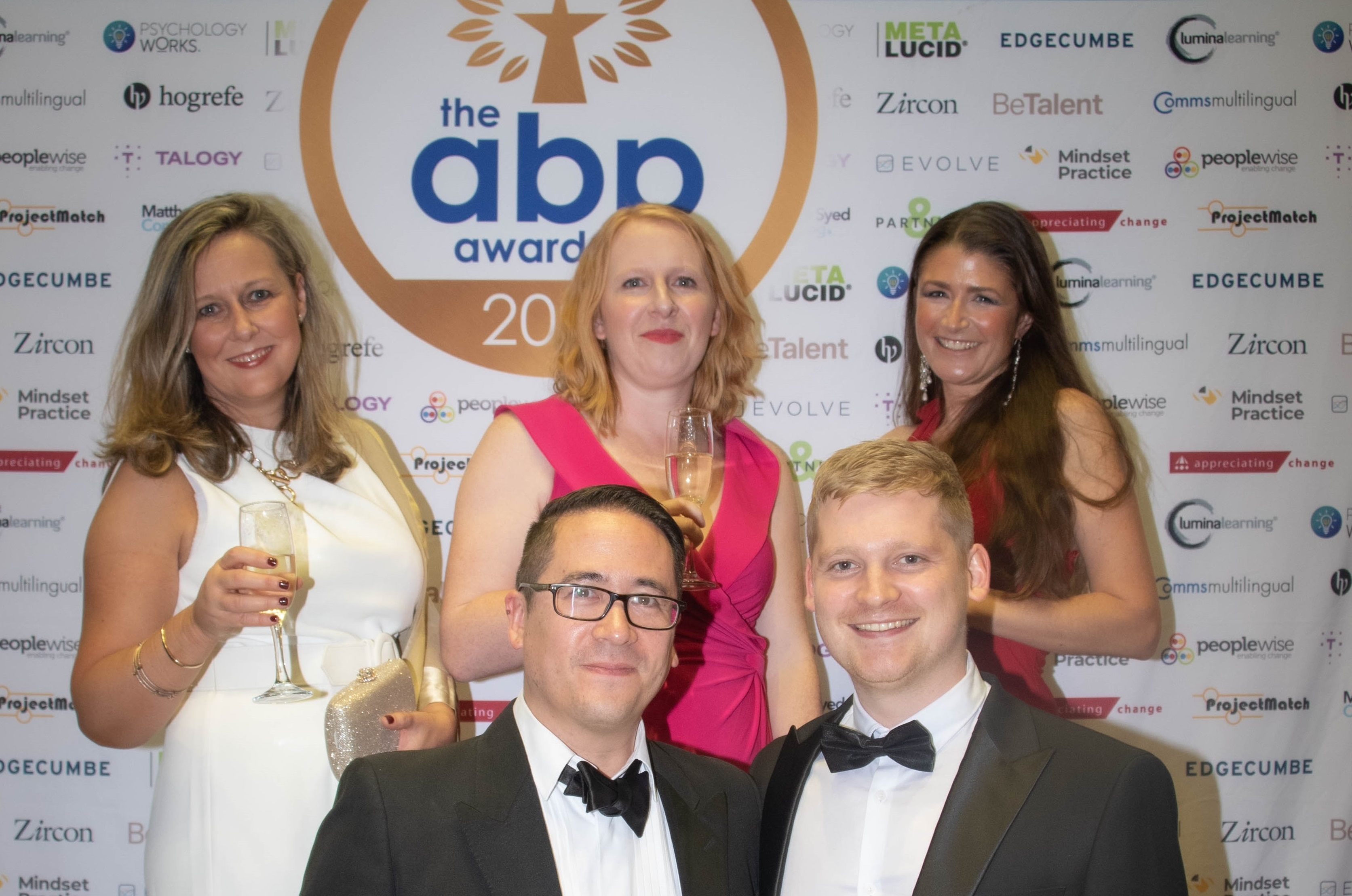There is an apocryphal story of a patient who visits his GP and talks, almost uninterrupted, for the entire consultation. At the end the patient stands up to leave and says “Thank you doctor, you have been so helpful”. This scenario perfectly illustrates the power of attentive listening.
Yet many of us have lost either the ability or the will to listen attentively and actively during conversations and meetings. The relentless pace at which we work and the increasing tendency to over-pack meeting agendas means that the focus becomes on simply getting through the agenda items, rather than on the contributions from all the meeting participants. A topic is raised, a contribution is made and then, instead of building on this or seeking to understand more about what has been said, others simply wait for an opportunity to jump into the discussion. They will tend to spend more time thinking about what they want to say than what has just been said. Discussions then remain at a superficial level – analogous to a pebble skimming the water – and open to the risk that participants jump to conclusions too quickly, with less dominant voices not being heard and no-one’s viewpoint being fully understood.
The role of the Chair is of course crucial in enabling a more in-depth and inclusive debate. Like the conductor of an orchestra, the Chair’s role is to ensure all instruments are heard at the right time and the right volume. Muting the louder instruments so the quieter ones can emerge strongly is a key skill.
What factors help to ensure good quality listening, and therefore more effective discussion?
Meeting conditions
- Allow enough time for each item – this means culling the agenda to items that really matter and for which a group discussion is necessary.
- Agree ground rules about use of technology in meetings: nothing interrupts attention more than looking at emails or even trying to capture the meeting on a laptop (and research suggests that no-one can multi-task effectively, even if they profess to be able to listen and type at the same time).
- Meet at an appropriate time of day when people are relatively fresh with energy to contribute.
- Agree some meeting behaviours that all members will adhere to and which the Chair should manage closely if participants infringe them. Simple rules such as not interrupting others, not starting side conversations, and behaviours relating to the use of technology during the meeting.
Listening skills
The well documented model of advocacy and inquiry – key components of dialogue – are worth remembering. This follows the principle made popular by Stephen Covey: “Seek first to understand and then to be understood”. To this I would add the skill of ‘summary‘.
Advocacy includes stating your point of view and assumptions, seeking to explain them and the context for them, and then actively encouraging and inviting others to explore your assumptions or data. It requires the speaker to stay open and encourage others to challenge and offer views: “This is what I believe – here is my evidence – I’d now like to hear from others what they think? What can you add? Do you see it differently?”
In this regard one of the most powerful questions a participant and particularly a meeting Chair can ask of the group is “Am I missing something?”
Inquiry: Avoid turning the debate into an investigation or competition. This is not the spirit of Inquiry. Instead it should be about trying to understand more fully what, how and why others hold certain viewpoints and how these can be used to move an issue forward. Language should be unaggressive: a simple question like “What’s your evidence?” can sound unnecessarily threatening if voiced in those words or in a certain tone. Asking “Can you tell us more about the basis for your view?” is less adversarial. It’s important to test out the basis for people’s arguments and assumptions and even to do so quite robustly at times – especially where safety or jobs might be at stake. But a change of questioning, using Inquiry rather than interrogation is more likely to lead to honest, well thought through and fully debated conclusions.
Summary: demonstrates and ensures that the main points have been heard and taken on board. This can and should be done by the Chair: “so what I think I’m hearing is x,y, and z – is that a fair summary? And it also sounds as though a number of you are saying…?” This can also be done by others in the meeting, and can be a powerful way to keep the discussion moving whilst ensuring that all views have been listened to.
Rocket science? No. So what’s to stop us improving our listening in all our conversations?
by Dr. Jenny King




















